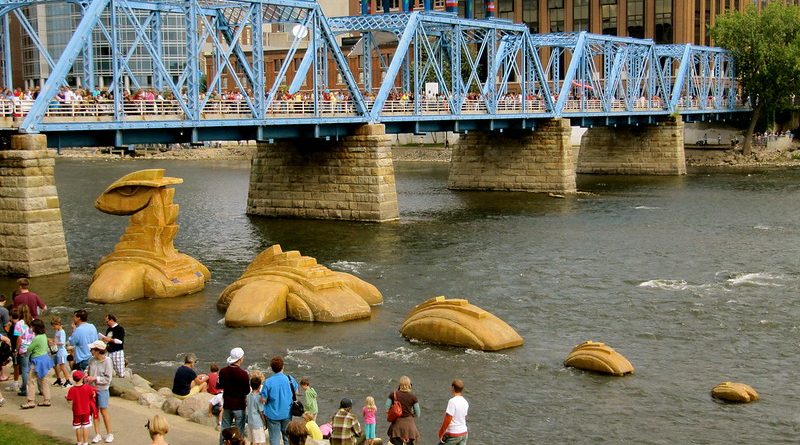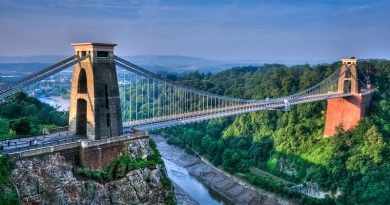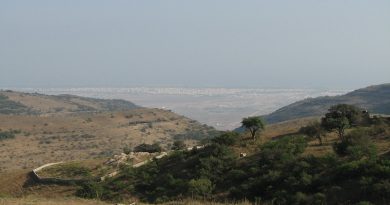In Search of Nessie: Scotland’s Elusive Loch Ness Monster
Nature Facts
Where: Glen More, Culloden (near Glasgow), southern Scotland, Great Britain
History: 1500-year old sightings of man eating sea serpents and monsters
Science: A modern-day plesiosaur, remarkably preserved by freezing and unhatched
How to Spot: Keep your eyes peeled to the lake surface with binoculars or take a boat cruise – bring a camera!
Just six miles west of Culloden in the Great Glen of Glen More lies Loch Ness, Britain’s biggest lake, a colossal 36 miles in length. Of all the mysteries that remain unsolved in the world today, a favourite of people around the world is that of the Loch Ness Monster. Although plying on the American tourist market, Nessie has become something of an icon to represent the enigma that is Scotland.
One man believes in the existence of Nessie so much that in 1991 he left his home country of England and moved to Loch Ness to prove that she exists. Steve Feltham finances his self-daubed “Nessie-serry Independent Research” by selling miniature models of Nessie to tourists. He lives in a battered van on the side of the Loch and a visit to Loch Ness is sure to entail a meeting with Steve himself. He cites the lack of photo-evidence of Nessie due to the local temperament, local people don’t carry around cameras and are fairly blasé about the monster lurking in their loch.
Mysteries of the Water
An exhibition about Loch Ness held in 2000 at the official exhibition centre at Drumnadrochit revealed that Nessie isn’t the only mystery to the massive 10,000-year-old lake. The lake is immersed in centuries of Scottish folklore, nuclear radiation, and even the remains of a Viking Longboat has been found in its murky waters.
Loch Ness seems to draw so many different types of people to it, united by the desire to solve the mystery of the Loch Ness Monster. Some people are looking for giant sturgeon, or giant catfish, or even hunting for a time gate back into the past. When it comes to Nessie, everyone has a theory. The most viable scientific theory is that Nessie is a modern day plesiosaur dinosaur. If scientists can prove the existence of Nessie’s clan who have outlived their contemporaries by some 350 million years, the discovery could be as important to science as Darwinism. It is thought the Dinosaur may have moved to Scotland when its eggs were frozen under the earth’s crust (a principle similar to Cryogenics), where they were able to survive millions of years, and were moved to Scotland by the shifting tetonic plates that make up the surface of the earth.
How to Spot Nessie
The first sighting of old Nessie occurred around the 6th century AD, when St Columba reported an encounter with a sea serpent, but it wasn’t until 1933, when they built a road around the outside of the Loch, that the mystery really began to deepen. The story goes that a great monster crawled on land from the waters, and killed three onlookers. The story remains unconfirmed!
One of the reasons it’s so hard to get an underwater monster sighting is that the visibility in the peat filled loch only extends a few feet down. Operation Deepscan in 1987, a TV filmed crew still failed to find the elusive Nessie despite millions of pounds worth of high tech gear.
Hot, still days are said to be the best time to spot Nessie, a rare phenomena itself in Scotland.
Even if you don’t manage to spot the infamous monster, the Loch still provides stunning lake side walks rich in colour, especially around dawn and sunset.
By Susi O’Neill
More Information
Loch Ness Free Press
New theories behind Nessie’s existence
Nessie on the Net!
Use this live cam to spot Nessie for yourself!




